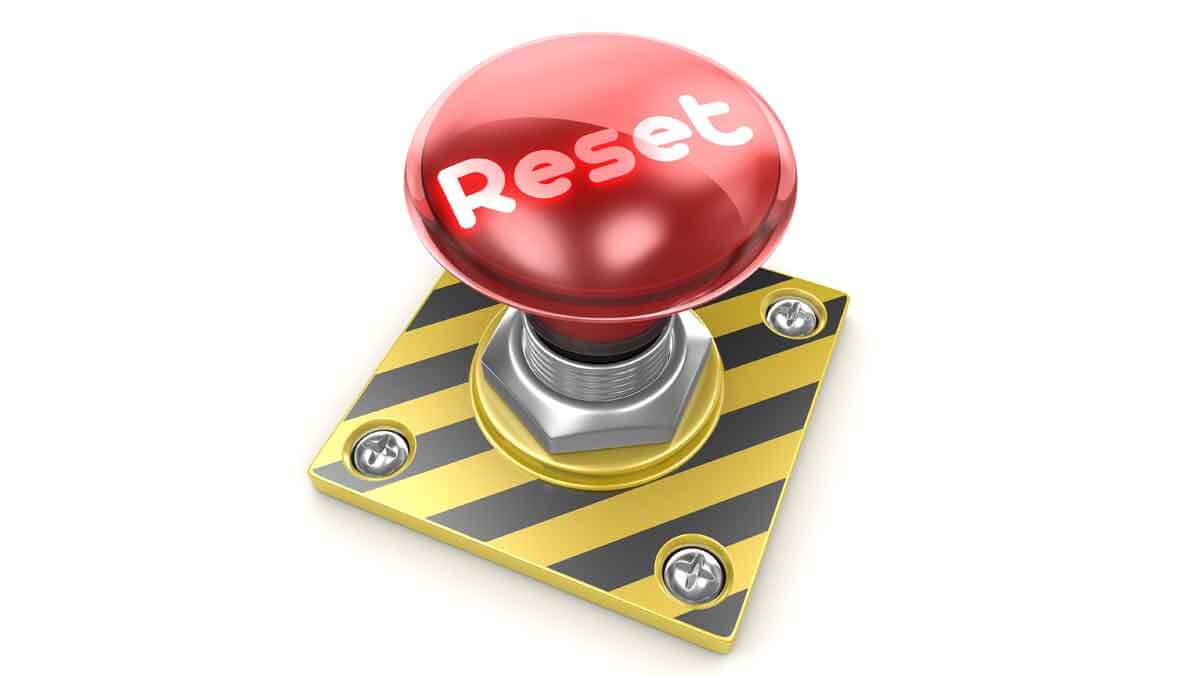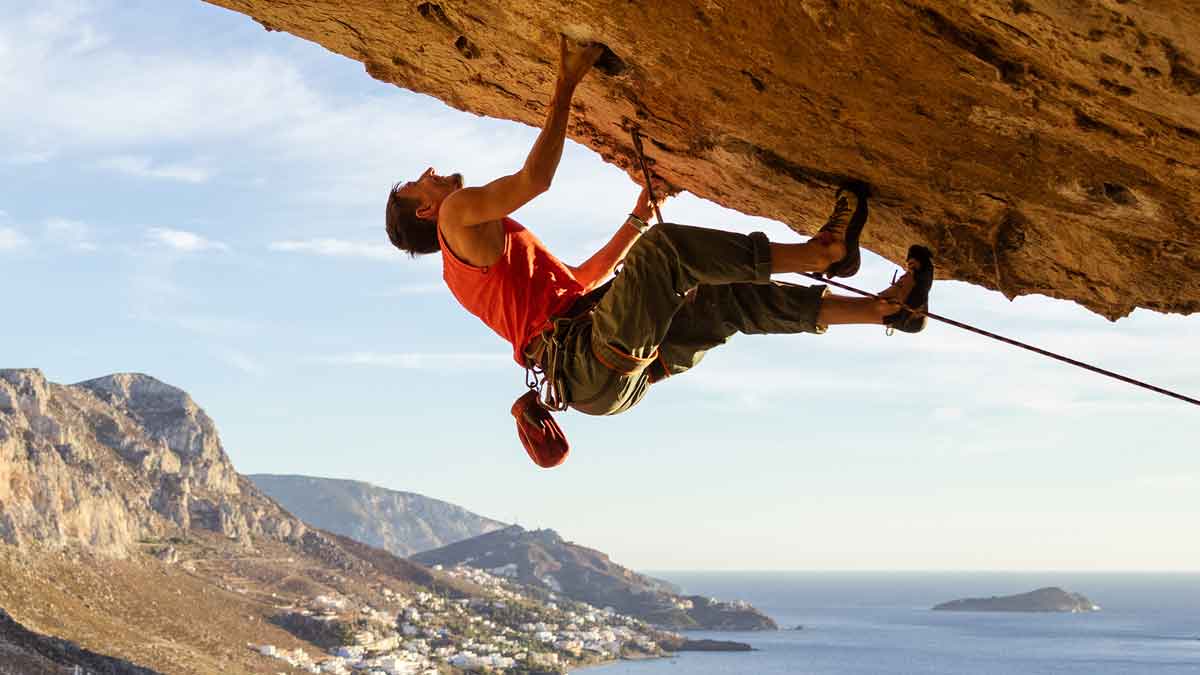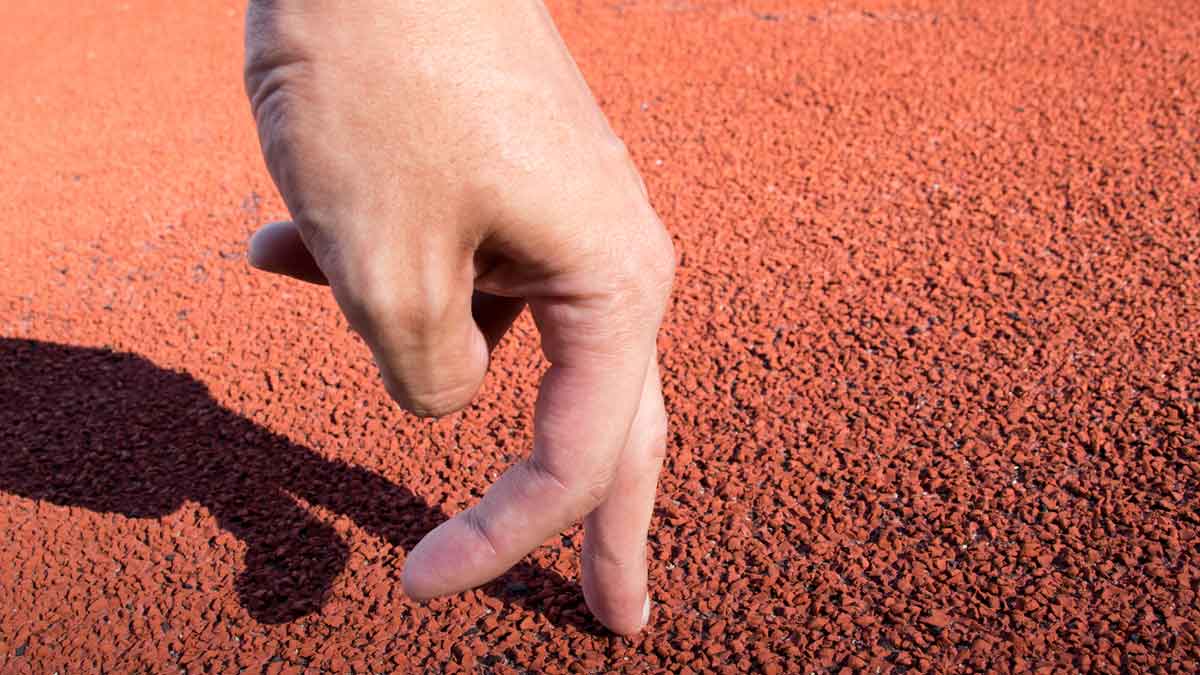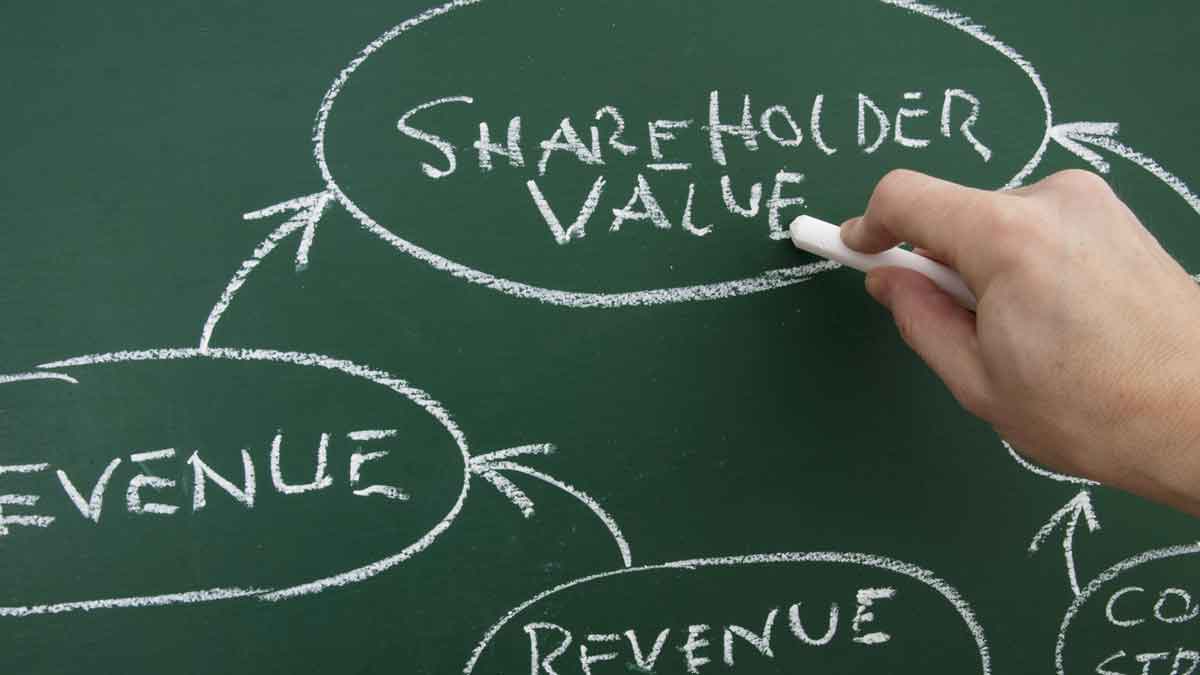Business leaders focused on the short term are just showing up. They compete for market share this year, hit the reset button, and repeat the process next year. No serious, long-term capability-building. Count yourself fortunate if you compete against such companies. They’re easy to beat with the right time horizon.
More in article, Build Growth Muscles at Your Company (Originally published in B2B Organic Growth Newsletter).
One difference between business leaders and rock climbers is that many of the former think they can reach the top without training muscles. Imagine showing up at the base of El Capitan with recliner-chair abs and no climbing skills. Crazy? How about proclaiming double-digit growth plans every year… without developing the needed business-wide skills?
More in article, Build Growth Muscles at Your Company (Originally published in B2B Organic Growth Newsletter).
Let’s substitute market research for reconnaissance… business strategy for battle plan… resource allocation for troop deployment. Many business leaders fail to 1) thoroughly understand their battle fronts, 2) determine the decisive points (markets) to attack, and 3) follow with an overwhelming assault here. These generals lose battles.
More in article, How’s Your Market Segmentation?
Do you know if your company is improving key capabilities? Understanding customers’ needs, assessing competitive alternatives, creating data-driven value propositions, etc.? A race team that just counts wins—instead of pit crew times and engine torque—stops winning. Understand the capabilities that drive innovation and start measuring them.
Read more in the article, 3 Problems with Innovation Metrics (Originally published in B2B Organic Growth newsletter).
If you manage one new-product project, it seems less risky to develop a “me-too.” But if you manage a business brimming with “me-too” and incremental new products, you’ll slide into commoditization with its death spiral. Very risky. So make sure your portfolio has enough products that will deliver significant value to your customers.
Read more in this free white paper, Innovating in Unfamiliar Markets (page 3).
Here’s the logic: You want profitable, sustainable growth. The only way to achieve this growth is through customer value creation. And all value creation comes from improving important, unmet customer outcomes. So, the better you understand customer outcomes, the better your growth can be. Are you doing this better than competitors?
More in white paper, Catch the Innovation Wave (page 9).
When recruiting John Sculley from Pepsi, Steve Jobs asked, “Do you want to sell sugar water the rest of your life, or do you want to come with me and change the world?” Most employees paid no attention to your last quarter’s earnings-per-share. But they’ll tell their grandkids how their new product turned an industry upside-down.
More in article, Why Maximizing Shareholder Value is a Flawed Goal (Originally published in B2B Organic Growth).
Nothing you do within your operation will achieve such growth, unless customer value is also created. With operational efficiency alone, you’re in a race to the bottom. Quality and productivity improvements are important… but in isolation eventually lead to commoditization, as you and competitors approach a point of diminishing returns.
More in white paper, Catch the Innovation Wave (page 9).
There are many forces dragging your products toward commoditization: competitors trying to imitate your products… purchasing agents trying to standardize your products… new technologies trying to obsolete your products. In your quest toward specialty products, you’ll get no outside help. You own this one, baby.
More in article, The Commodity Death Spiral (Originally published in B2B Organic Growth newsletter).
Tell me to increase shareholder value and I struggle to identify something I can do as an employee to raise earnings per share. Tell me to understand and increase customer value, and I can think of a dozen things to do, most of them actionable, measurable, and beneficial to our bottom line. Many of these I will find inspiring… as will others.
More in article, Why Maximizing Shareholder Value is a Flawed Goal (Originally published in B2B Organic Growth newsletter).
All growth-oriented innovation starts with customer outcomes. This is what customers want to have happen, with no understanding yet of how it will happen. Nothing a company does can achieve profitable, sustainable growth unless customer value is created… which comes only by improving these outcomes.
More in white paper, Catch the Innovation Wave (page 8).
Your company’s only path to profitable, sustainable, organic growth is understanding and improving customers’ important, unmet outcomes. Today this “understanding” is your best competitive advantage, simply because most B2B suppliers have far less customer insight than they could.
More in white paper, Timing is Everything (page 3).
In a now-obscure 1972 HBR article, Richard Vancil complained long-term product development expenses were buried within annual operating plans… allowing short-sighted managers to raid them. Shocking, I know. Divide your budget into short-term and long-term benefit buckets. And make sure someone is guarding the long-term bucket.
More in article, The Commodity Death Spiral (Originally published in B2B Organic Growth newsletter).
When you turn up your thermostat, the temperature rises to the set point and quickly shuts off your furnace. Imagine if you had an 8-hour “feedback loop” before your furnace got the message. Even if you try new VOC approaches in the front end—but all your metrics occur after product launch—your feedback loop takes years. That’s no way to improve, is it?
More in article, 3 Problems with Innovation Metrics (Originally published in B2B Organic Growth Newsletter).













